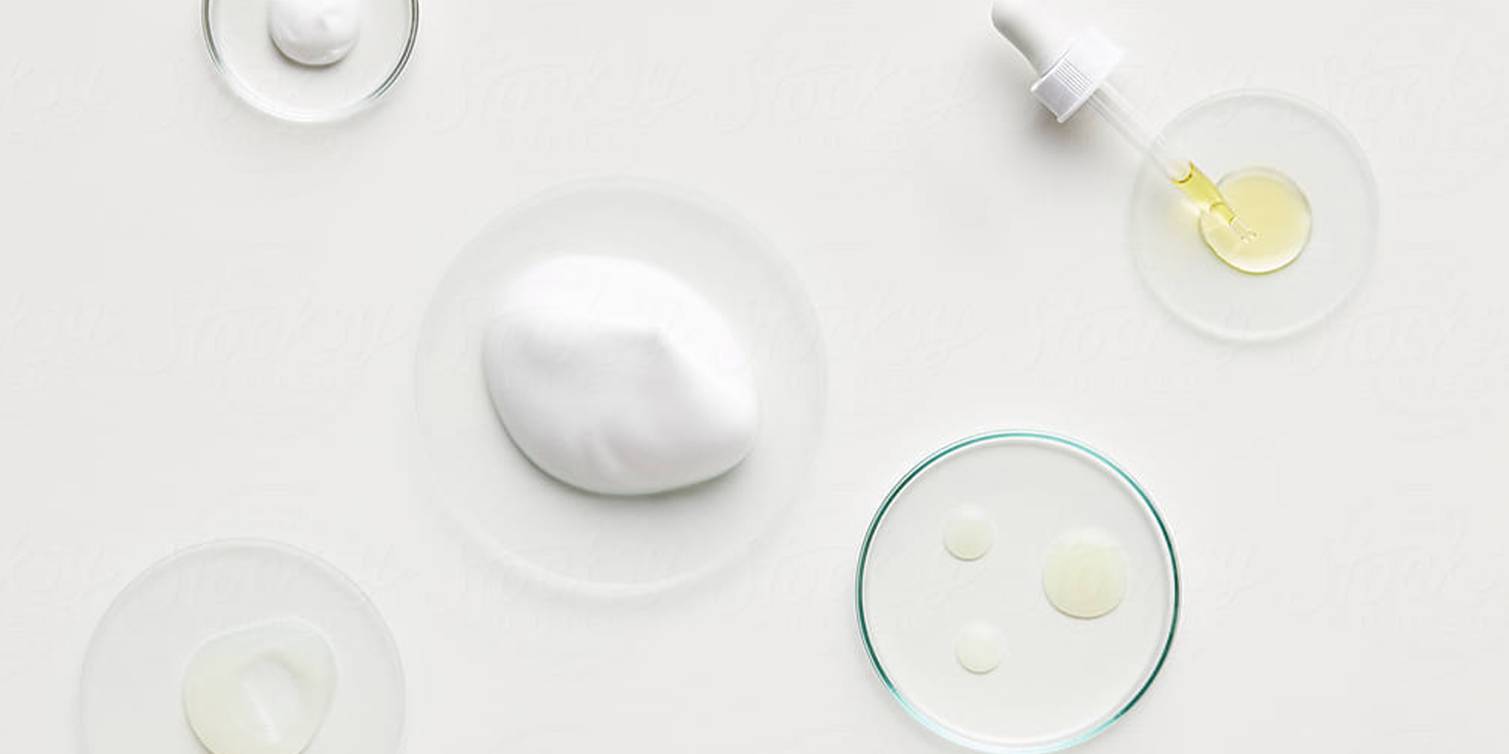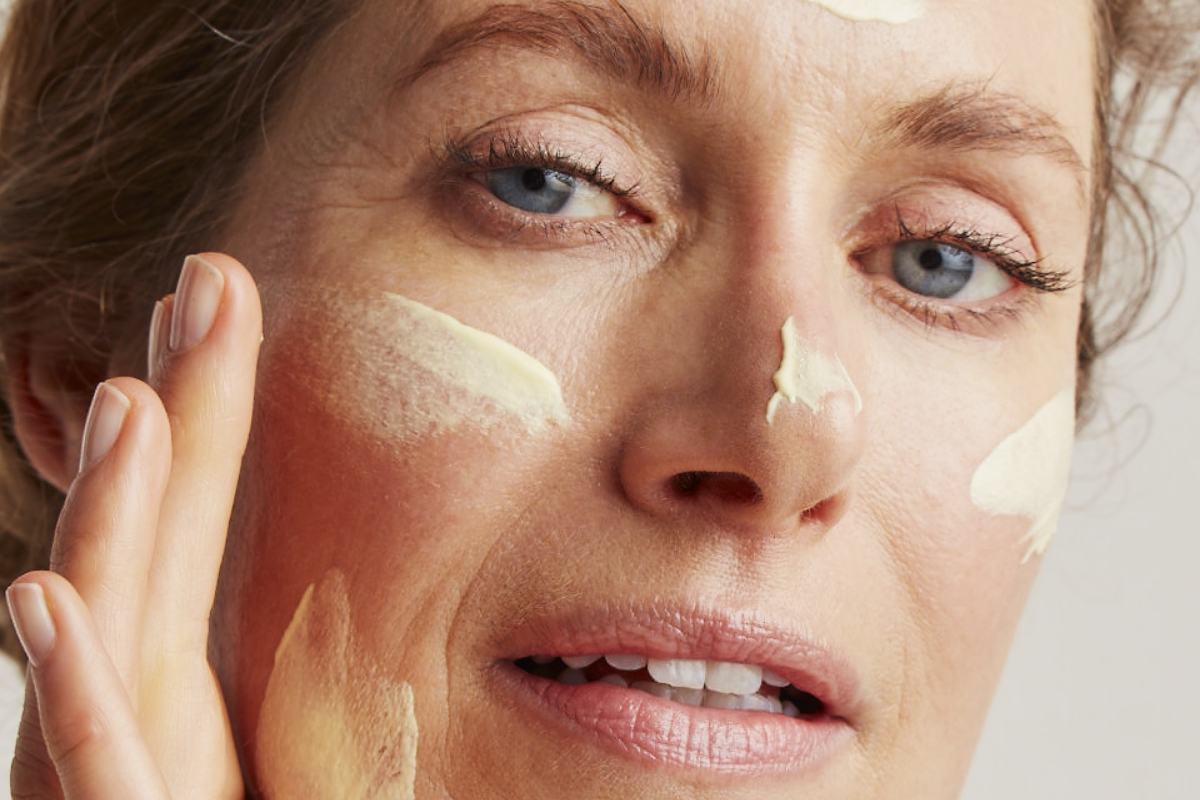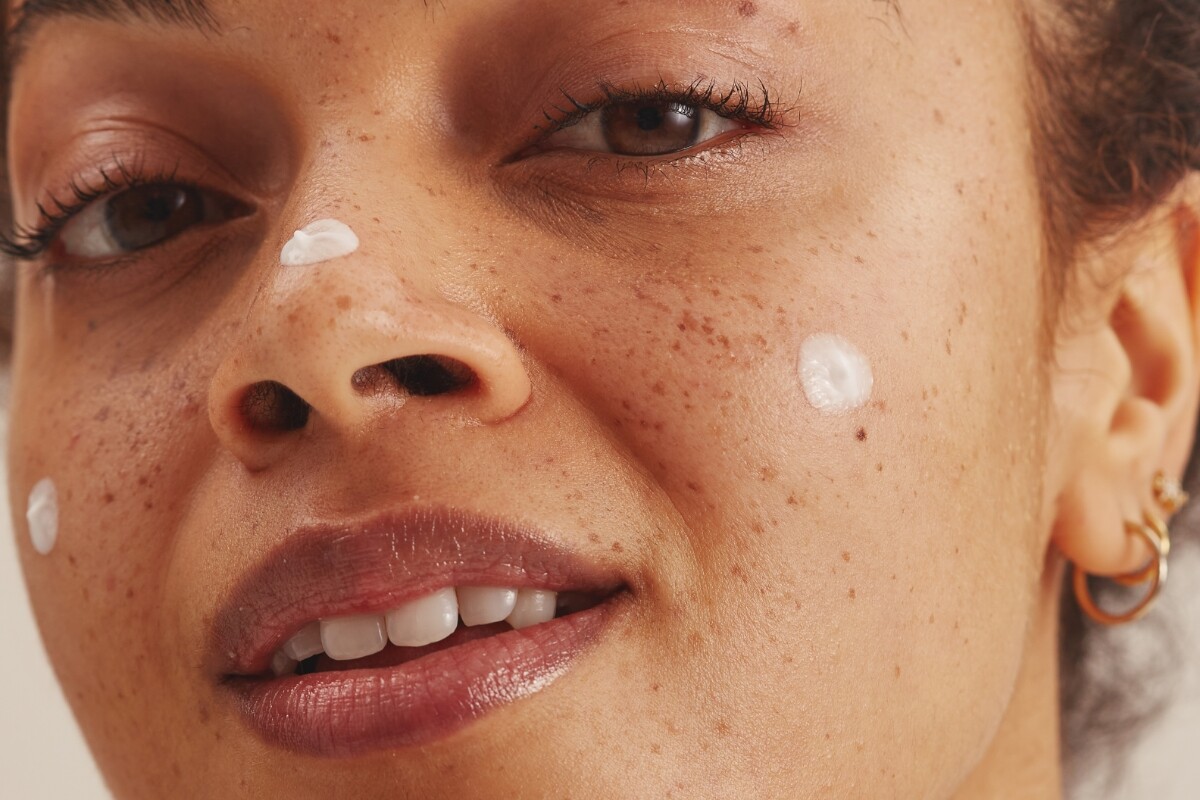You’ve invested in some great skincare. Now what?
For skincare to be effective, several factors need to be in place. In this post, we’ll look at one of the most important aspects of any skincare routine: how to layer your products, or what order to apply them in. There are lots of different opinions out there on what order, when and how to apply products. We’ll be breaking down the science behind our suggestions so you can make an informed decision on how to layer your own routine.
Before we look at layering…
We mentioned that you need to get a few things in order before your skincare products start working for you. Firstly, you need the right products for your skin. Sure, everyone you know may be excited about a new moisturiser or a cool cleansing hack, but that doesn’t mean it will work for you. Pick your products according to your skin’s needs – ideally, get a dermatology specialist’s input, so you know you’re going in the right direction.
For sensitive skin, we recommend looking for products without any essential oil or perfumes, as these are known irritants.
For dry skin, we recommend choosing a light cleanser, and moisturisers that are especially developed to provide extra hydration — look out for ingredients like ceramides and pro vitamin B5. Hyaluronic acid serums are also helpful for hydrating the skin, and can be used with your Dermatica treatment.
For oily skin, it’s best to seek out lightweight, non comedogenic moisturisers and sunscreens, and avoid products that feature lanolin, shea butter or coconut oil, all of which can clog up oily skin.
Next, you should try to limit the number of products you use; this will vary depending on your skin type, but it’s important to remember that when it comes to skincare, less is normally more. Using too many products can strip the skin and damage its moisture barrier; plus, the use of multiple actives at once can cause harmful reactions (Vitamin C with acids is a no-no, for example, as is mixing retinoids with targeted acne treatments like salicylic acid). Basically, if you think you’re overwhelmed by a 30-step regimen, imagine how your poor skin feels! Taking it back to basics sometimes gives your skin a chance to rest and regenerate. Once your skin evens out and gets used to your treatment, you can slowly add other products back into your routine if you want to, but be patient and don’t add everything back in at once. Slow and steady wins the race!
That being said, it is important to stick to a simple routine, morning and night, to make sure your products get the chance to work for you. By sticking to it, you’re improving your skin’s health; and once you’ve got your perfect products, (whether you’ve found two or three, or you’re sticking to a ten-step programme) layering them properly is absolutely essential.
Let’s talk layering
The number one rule of any skincare routine is to start with a cleanse. In the morning, you cleanse to rid your skin of the sweat and bacteria that builds up overnight, whereas in the evening, you’re getting rid of everything from your makeup to the dirt and oil we pick up from pollution. If you don’t start by cleansing the skin, the rest of your routine will be unable to penetrate these layers of particles, and the subsequent products you apply won’t benefit you; instead, you might even find they cause skin issues like acne and irritation to arise.
Active ingredients should be applied after you cleanse so that they can effectively reach your skin; so, if you have any blemishes, a spot treatment containing salicylic acid or benzoyl peroxide can be used prior to the rest of your products. After that, a great rule of thumb is to go by how thick your treatments are – thinnest first, building up – so light, silky serums go before thicker night creams, for example.
When it comes to applying retinoids, there are benefits to applying them at various points in your routine. Some dermatologists recommend applying them straight after you cleanse; others say you can wait until after you moisturise. A couple of things are certain, however: you should apply them to dry skin, as moisture enables the retinoid to penetrate deeper which can cause irritation; and you should incorporate them at night, as retinoids like tretinoin are broken down and become less effective when exposed to sunlight.
So, what does a good routine look like?
Once you’ve established a routine, what you do in the morning and evening will probably look a little different. Here’s what we recommend.
Good morning!
- Start with a gentle cleanse. Pat your skin dry and wait for 3-5 minutes before moving on to the next step.
- Once your skin is clean, it’s time to apply your chosen active products.
- Following up with moisturiser is important — even if your skin is oily, it still needs some moisturising TLC.
- Always finish off your morning routine with an SPF of at least 30, and reapply throughout the day if needed.
Goodnight
- Time to cleanse again! Gently wash away all of the day’s impurities, and just as you did in the morning, pat dry. If you prefer, you can also double cleanse — we recommend using two different types of cleanser to do this, especially if you’ve worn make up.
- Next, you’re using targeted products, dab them onto your problem areas; if you favour retinoids, they can be applied now, to carefully dried skin. Some sensitive skin types find they prefer to moisturise before this step, which creates a ‘buffer’ between skin and actives.
- Last of all, apply a simple, humectant-rich moisturiser – our Ultralight formula contains hyaluronic acid and panthenol which both aid in moisture retention, leaving your skin soft and plump.
Feeling confident? You should do – a great skincare routine is as easy as 1, 2, 3 (cleanse, actives, moisturise!). Complete a consultation today and we’ll personalise products to your skin’s needs.
Dr Catriona Maybury
Dr Catriona Maybury is a Consultant Dermatologist, working as Medical Lead for Dermatica and at St George’s Hospital in London. Catriona completed her specialty training at St John’s Institute of Dermatology in London. Catriona has a special interest in medical dermatology, completing a PhD in liver fibrosis amongst psoriasis patients at King’s College London. Catriona is a certified coach and worked as Dermatology Section Editor for the British Medical Journal.





